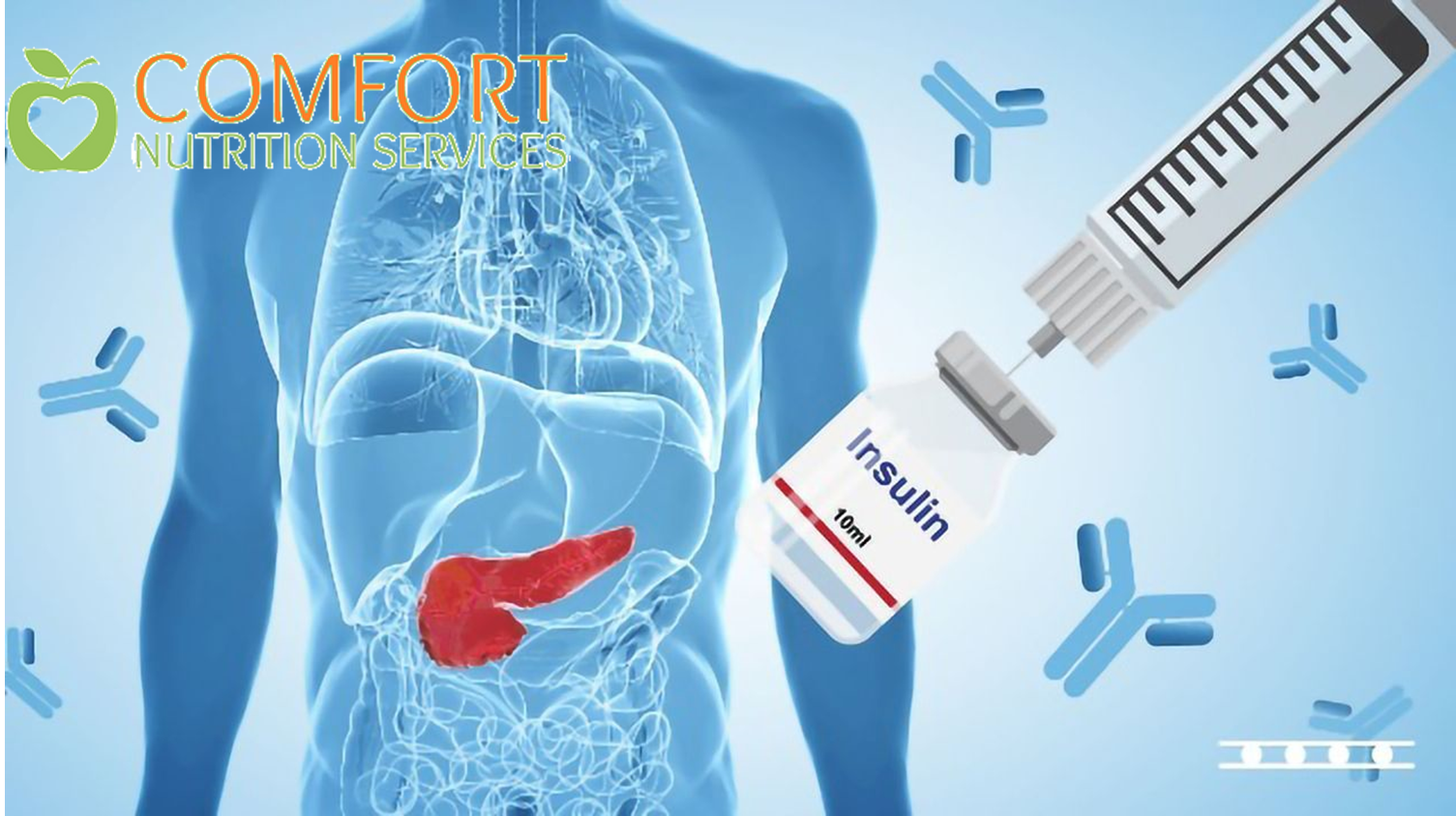For decades, Type 2 diabetes was considered an adults-only condition. In fact, Type 2 diabetes was once called adult-onset diabetes. But what was once a disease mainly faced by adults is becoming more common in children.
As you well know from our previous content, Type 2 diabetes is a chronic condition that affects how the body metabolizes sugar, also known as glucose.
Symptoms of Type 2 diabetes aren’t always easy to spot. In most cases, the disease develops gradually, making the symptoms hard to detect. Many people don’t feel any symptoms. In other cases, children may not show any.
If you believe your child has diabetes, keep an eye out for these six symptoms:
1. Excessive fatigue
If your child seems extraordinarily tired or sleepy, changes in blood sugar may be affecting their energy levels.
2. Frequent urination
Excessive sugar levels in the bloodstream can lead to excessive sugar going into the urine, which is followed by water. This may leave your child running to the bathroom for frequent restroom breaks.
3. Excessive thirst
Children who have excessive thirst may have high blood sugar levels.
4. Increased hunger
Children with diabetes don’t have enough insulin to provide fuel for their body’s cells. Food becomes the next best source of energy, so children may experience hunger more frequently. This condition is known as polyphagia or hyperphagia.
5. Slow-healing sores
Sores or infections that are resistant to healing or slow to resolve may be a sign of Type 2 diabetes.
6. Darkened skin
Insulin resistance can cause skin to darken, most commonly in the armpits and neck. If your child has Type 2 diabetes, you may notice areas of darkened skin. This condition is called acanthosis nigricans.
At Comfort Nutrition Services, we are committed to counseling and assisting our clients, fans and followers to reach their healthy nutritional goals.

